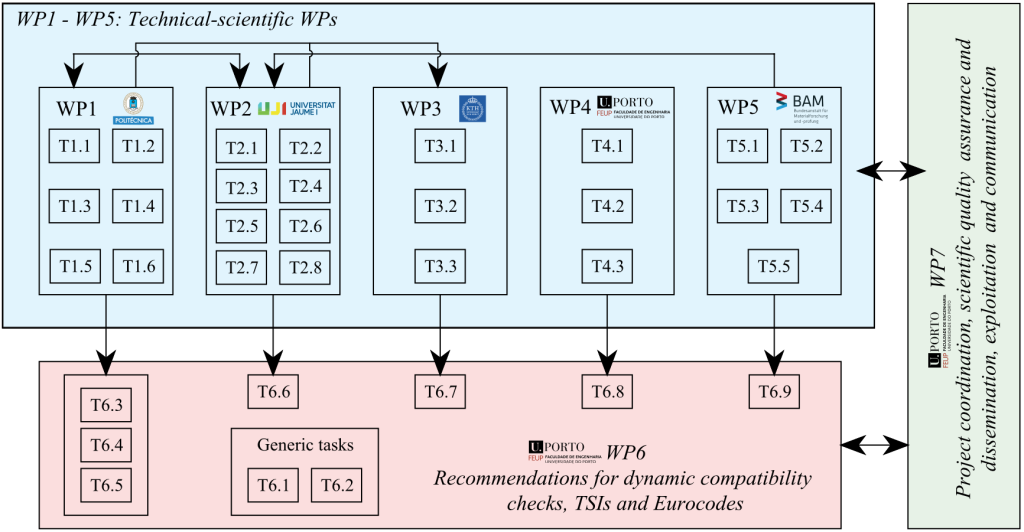The work plan of the project is structured into 5 technical-scientific WPs that aim to cover the 11 WSs defined in the topic description relative to the present call, plus an additional WP6 that summarises the recommendations for reviewing and updating the codes and a WP7 related with the project coordination and with the Dissemination, Exploitation and Communication activities.

Please fill out the form, so we can learn more about you and your thoughts.

This project has received funding from the Europe’s Rail Joint Undertaking under Horizon Europe research and innovation programme under grant agreement No. 101121765 (HORIZON-ER-JU-2022-ExplR-02).
Views and opinions expressed are however those of the author(s) only and do not necessarily reflect those of the European Union or Europe’s Rail Joint Undertaking. Neither the European Union nor the granting authority can be held responsible for them.
All Rights Reserved © 2023 | Made: Perto Creative Agency